According to Albert Heijn, the category of meat substitutes (I call it meat successors) has doubled in turnover in the past 4 years. This is partly driven by consumer demand and partly by the increase in supply.
At the end of Q3 2020 Albert Heijn expanded the offer considerably and does so again in week 8 in a WORP moment (see explanation at the bottom about the differences in shelve moments). The retailer has indicated that it has expanded the offer by 50 vega(n) SKUs and is now on 160 items of meat successors.
For many stores, this means that shelf space has been added, to make room for these products. In an interview with Constantijn Ninck Blok, director Fresh at Albert Heijn, it was indicated that the shelf space has grown by 50%. I didn’t see this in my shopping round in Amsterdam (there the growth was 20 to 25% in the stores I visited). Meat successors, of course, already sell well there.
At the shop in the Bilderdijkstraat I was even told that meat is now sold less than meat successors. Here a meter has been added in space, and the meat successors are now in the middle of the walking route. The meat has been moved to the wall. This makes me very happy!
Developments Private Label


- If you look at the total range, you can see that vegan is now larger than vegetarian (in number of SKUs). Then it is striking that most innovations within Private Label are vegetarian this round.
- Many items are snack items, think kibbeling, nuggets, etc.
- Rondo is added as a new sort within private label (used to be covered only with brands), in the flavors Oriental, Mexican and Spinach-Cheese.
Dutch Weed Burger
Dutch Weed Burger: I’m a fan of the first hour. If it wasn’t at the Veggie fair, it was at a festival, where, certainly a few years ago, they were really the only option to eat.
I expect this brand to appeal to the men more
I have been able to support this brand over the past few months and I really hope that this brand will succeed in retail and will continue to follow them closely!


New brand: Rootzz of Nature
When I saw Rootzz’s products, I was initially positively surprised. A product based on jackfruit!
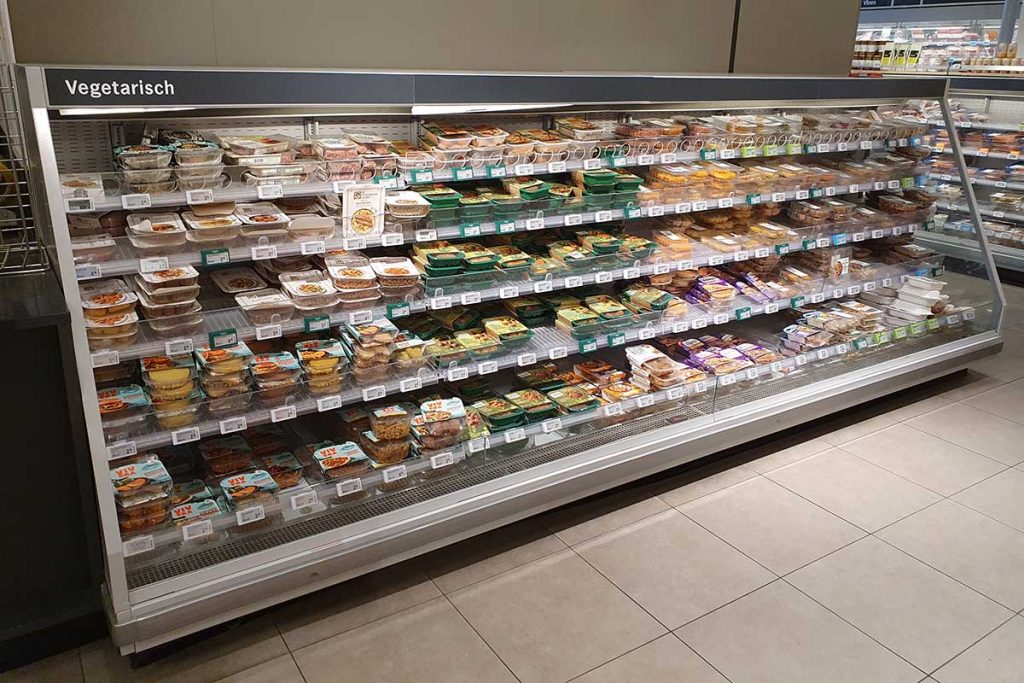
Now, as a lactose intolerant consumer, I am someone who always reads the ingredients. And what surprised me: these products are not plant-based at all. All three contain free-range egg and one variant even milk in the palm fat (this, by the way, seems like a non-necessary ingredient at first glance).
The annoying thing: there is no official definition of plant-based. You can put this on your packaging when it does contain eggs or milk. But the consumer has certain expectations of plant-based. I am surprised that this innovation has been accepted by Albert Heijn with this packaging and online I can already see the negative response from consumers. I expect this to be an expensive adaptation of packaging for this brand in the near future.
Further notable changes A-brands
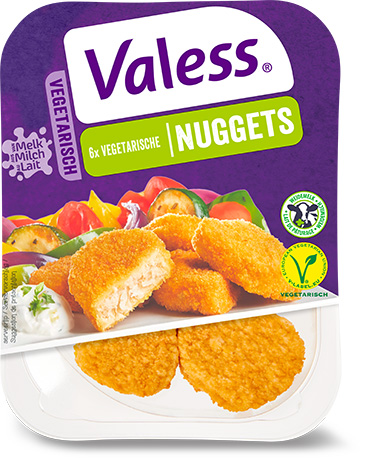
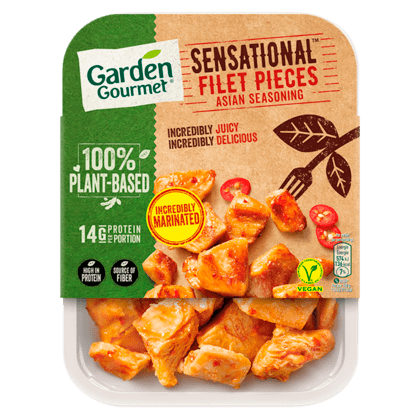
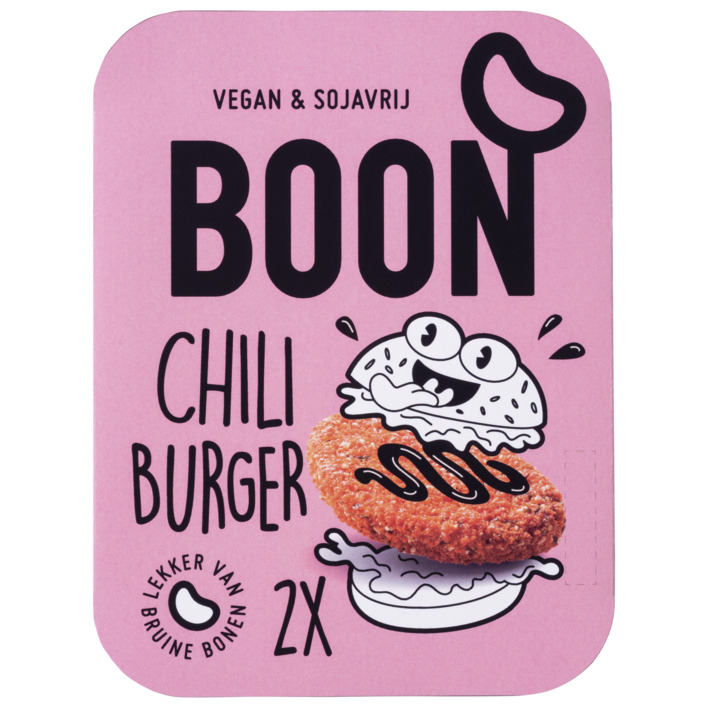
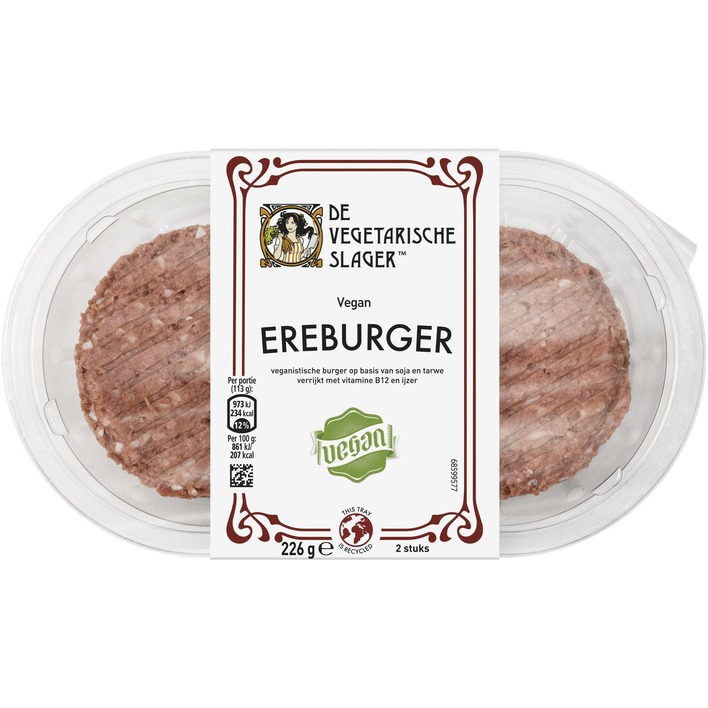
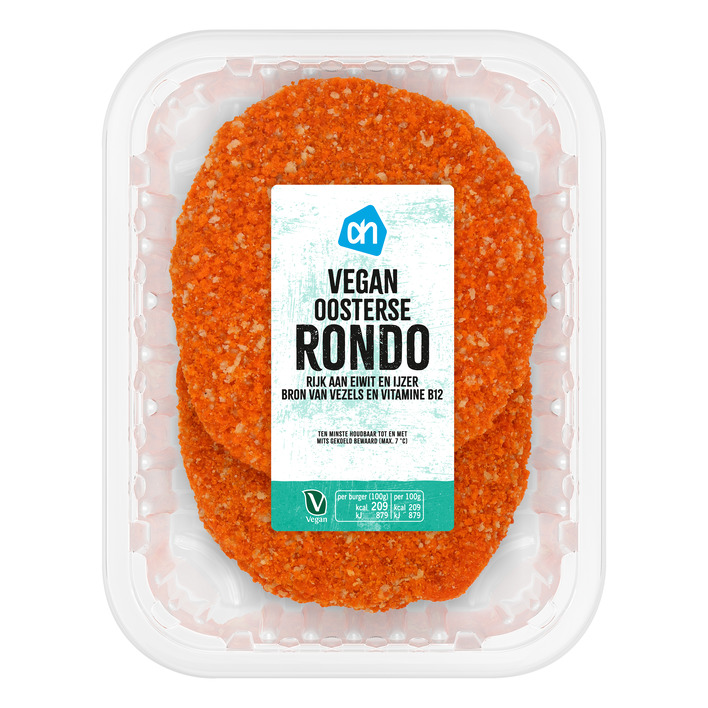
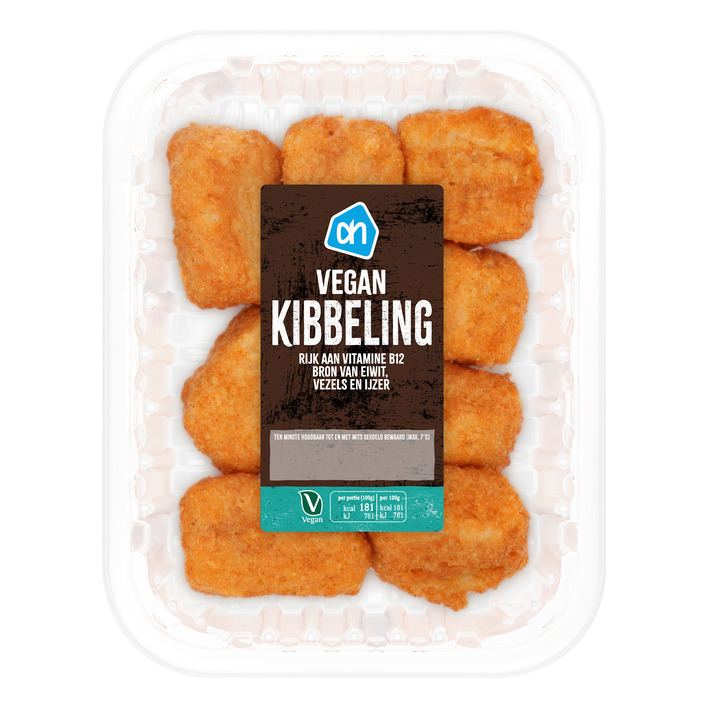
- Vivera goes from 6 to 14 SKUs. There are already good stories about the croquette burger, I have yet to try this one.
- Boon goes from 2 to 4 SKUs and has undergone a redesign. It really stands out better with this!
- Beyond introduces Beyond Mince. It is striking that such a large company does not provide a good packshot for the website.
- Garden Gourmet introduces 3 SKUs 'Sensational Pieces'. These are actually 3 flavors of the same base. I don't expect all of them to stay on the shelves..
- The Vegetarian Butcher introduces the 'Ereburger' (honorary burger) in a wide range of packaging. Unfortunately, this takes a lot of space and many stores present it upright, making the packaging not easily presentable.
- 2 new varieties of nuggets: Valess (vegetarian) and the Vegetarian Butcher (vegan).
Conclusions and recommendations
Points of attention of this maintenance:
- The norm at Albert Heijn is now vegan on the meat successor shelf.
- Normally in a major maintenance you can see quite a few delistings (products that are taken out). There weren't that many this round. Many innovations are similar (many types of nuggets,etc.), so it will be a drop out race.
- There are only a few new brands (Dutch Weed Burger, Rootzz), both with innovative ingredients (seaweed and jackfruit).
- Albert Heijn struggles with the correct definition of plant-based and must be stricter in this.
Opportunities for the coming years:
- In the coming years, the shopper will ask for other protein sources. Soy is still a very good ingredient for good taste and structure and contains a lot of protein. Many consumers just think that this is not very sustainable (which is not entirely correct).
- Inspiring customers to use legumes or green vegetables as a substitute for meat, for example. Think of second placing on this shelf.
- I see opportunities for healthier and fresher varieties. This will probably be at the expense of shelf life and will increase the risk of waste.
- Navigation is a challenge. Albert Heijn will have to pay attention to this.
What is a 'worp' and what kind o shelve maintenance moments are there?
At retailers, there are different types of shelf maintenance moments. Often these are called small or major maintenance.
- A major maintenance at Albert Heijn is called a WORP (Dutch abbreviation for profit due to optimal space distribution). In a WORP, everything can change. Shelves can be hung differently, but shelf meters can also be added. This doesn’t always happen, there must be a good reason for this. The space has to come from a different shelf and it takes a lot of time for shops to change everything.
- In a small maintenance, less is changed. There are often some changes, but there are certainly no meters or planks added.
- Sometimes you can also make a 1-to-1 change during the year (often a pen change). This applies: 1 in, 1 out.
For suppliers, it is important to take this into account. If you want your product to be listed at a time when there is no major maintenance, something else will have to come out. You have an increased chance of a listing if you help the retailer with a vision of what needs to be taken off the shelf.